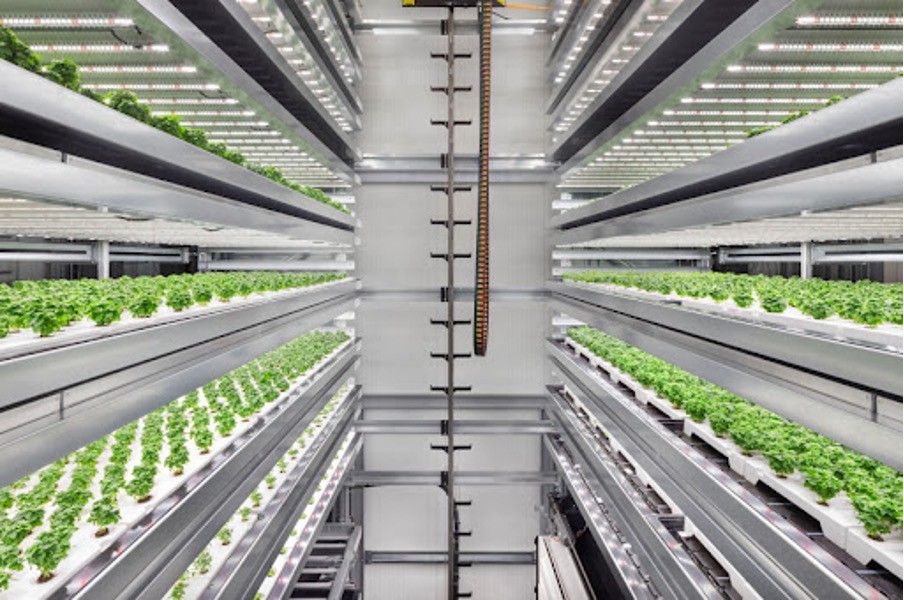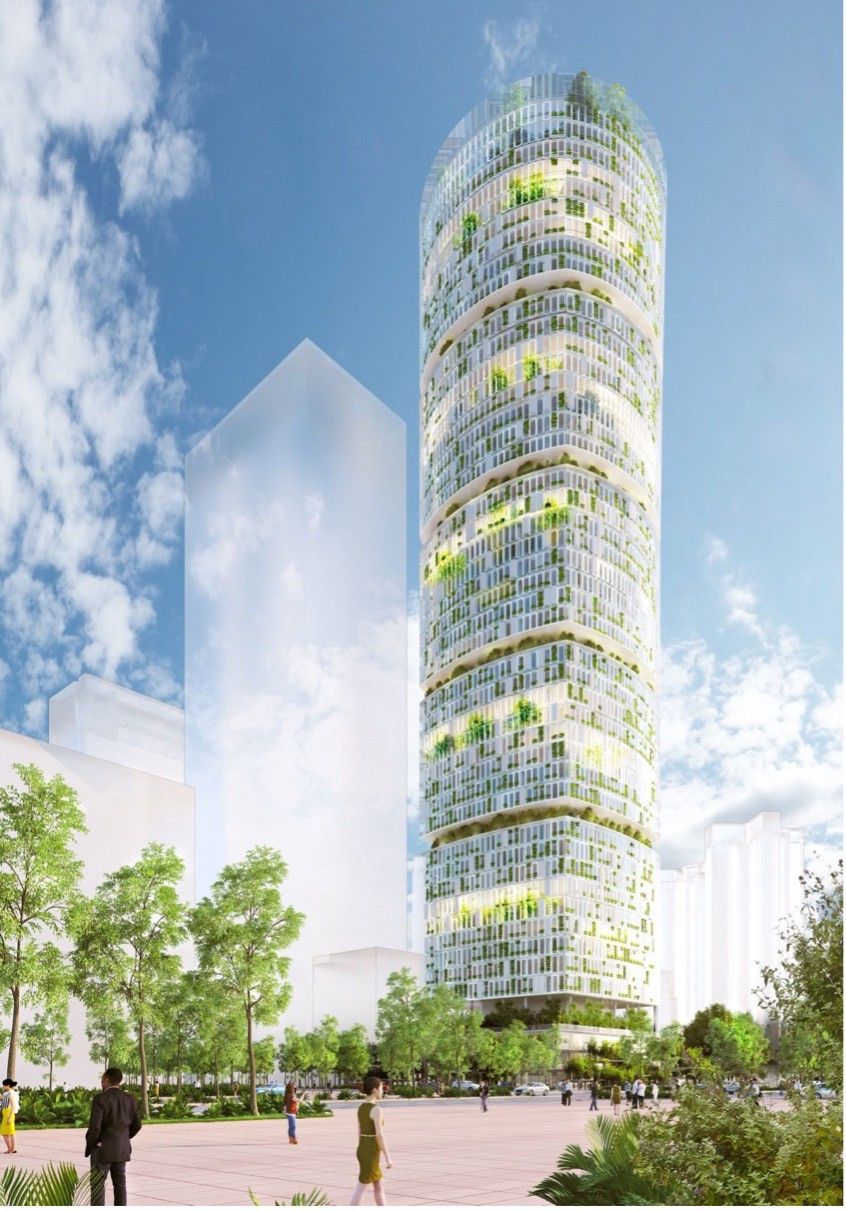The new heights of vertical farming


· 5 min read
Europe-based in-store vertical farming startup Infarm raised $200 million in a Series D funding round in December 2021 to take its company valuation above $1 billion and become Europe’s first vertical farming unicorn.

Despite the relatively small number of building-based climate-resilient vertical farms in Europe, they have experienced rapid expansion across the globe with increasing investments and consumer awareness.
The global vertical farm market is expected to grow from $3.1 billion in 2021 to $9.7 billion by 2026.
Vertical farms are intended to grow crops all year round more efficiently by stacking them in trays or vertical planters in indoor climate-controlled conditions to optimize light and growing conditions anywhere, offering the globe large food chain solutions.
Thanks to rapid technological advancements, it has been found that vertical farming produces 240 times more crop yield than conventional farming practices using 99% less land, 95% less water, and zero chemicals.
The continued rise of next-generation AI-powered vertical farms across Europe has been stimulated by the following:
(1) the drop in the price of LED lighting technologies, (2) growing consumer demand for sustainable local produce and (3) vacant buildings that arose after the global financial crisis of 2007–08 to accommodate building-based vertical farm infrastructures.
Growth opportunities for market players include the potential to cultivate cannabis. Legislation in respect to medical cannabis has been modified and is under debate across European countries.
A more alarming growth opportunity is the need to meet future food demands of the growing global population expected to reach 9.9 billion people by 2050.
To meet this population growth, an estimated 1 billion hectares of new land will be needed to reach this goal — about 20% more than the land represented by Brazil.
Although North America led the vertical farming market in 2020, the architect Carlo Ratti, who runs MIT’s Senseable City Lab is proposing to take vertical farming to new heights in Asia by developing the world’s first 51-story farmscraper in Shenzhen, China that would be capable of feeding up to 40,000 people per year.
The farmscraper would be a model for integrating farming around the shell of a skyscraper ensuring that the vertical farm would be less reliant on artificial light and heating by harvesting energy from the sun.
It is envisioned to be a self-contained circular food chain, with crops cultivated, sold, and consumed in the same building.

China is an ideal location for vertical farming. With roughly 1.4 billion people to feed, the country needs a boost in agriculture productivity having been obstructed by poor soil, contaminated water and overuse of fertilizer and pesticides.
For more dense regions of the world like Singapore that has more than 30 vertical farms and aims to produce 30% of its own food by 2030, applying a vertical farming model makes sense to produce a larger share of local food, decrease dependency on imported food and reduce food wastage.

Vertical farming is ideal for farmers in Asia that face a number of increasing future problems, including extreme weather, pressure on vital resources such as water and growing populations.
Vertical farming is a young and capital-intense agriculture practice carrying prohibitive startup costs with the most profitable way of utilizing the sector remaining to be established.
Vertical farms are some of the most expensive per acre on Earth. An initial investment per square meter of vertical farms can be up to 10 times higher than that of a high-tech greenhouse. Common in urban areas of expensive cities such as Singapore, New York or London.
Despite being indoors to avoid harsh climate conditions, a further limitation is the sector's reliance on costly technology. Exampled by the sectors need for environmental controls to create ‘ideal’ growing conditions, including temperature, air circulation and humidity control. Hence, factors such as losing power remains a large risk concern for producers.
Moreover, while most things can technically be grown in vertical farms, production costs, high technology costs to new entrants and pressure by venture capital (VCs) investors to expand tend to limit farming diversification with a heightened focus on producing higher-value leafy greens.
Rabobank analyst Cindy Rijswick states vertical farming will only ever be “part of the mix among various growing systems”.
Despite vertical farming remaining in its infancy, one thing clear is that vertical farming is here to stay.
For as long as consumers demand higher quality food products and the increased activity of climate change continue, the future of food will have a place for vertical farming.
But to have a real place in the global food supply chain, the sector needs to become more affordable through greater cohesion between stakeholders and VC investors needing to invest more patient capital to allow vertical farmers to have a greater chance at not only growing plants but also their companies for all of society to benefit.
Future Thought Leaders is a democratic space presenting the thoughts and opinions of rising Energy & Sustainability writers, their opinions do not necessarily represent those of illuminem.
illuminem briefings

Labor Rights · Climate Change
illuminem briefings

Architecture · Carbon Capture & Storage
Barnabé Colin

Biodiversity · Nature
Financial Times

Carbon Market · Public Governance
Euronews

Climate Change · Effects
Euronews

Degrowth · Public Governance